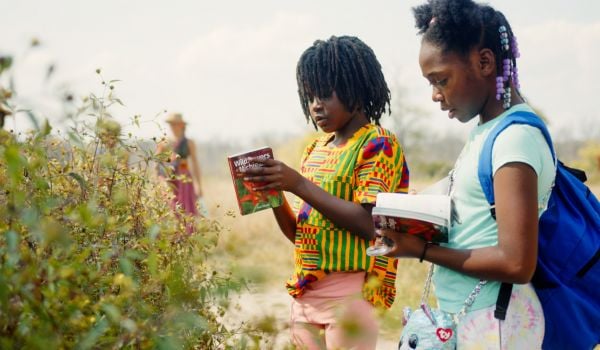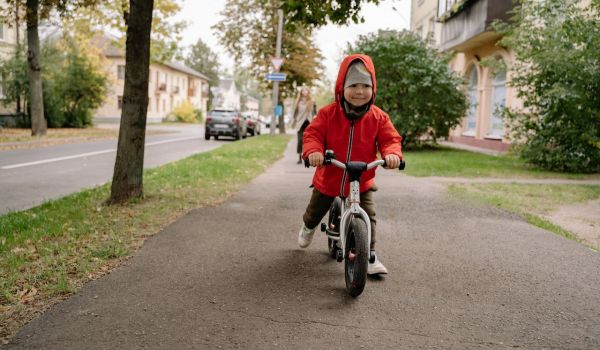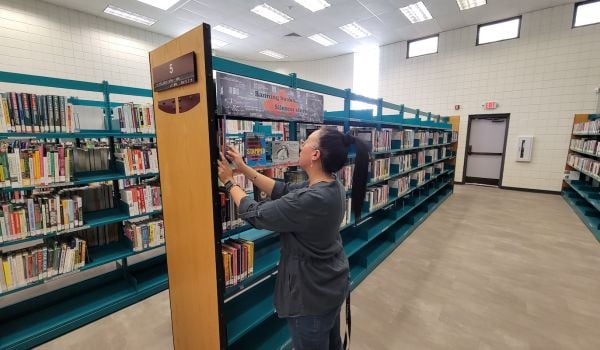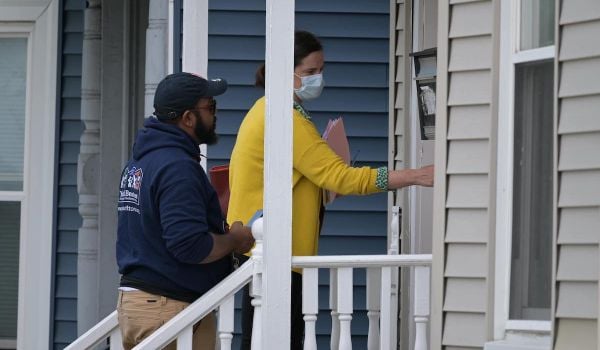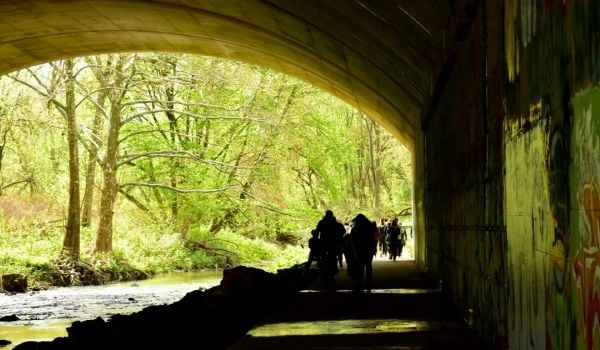In March, the Vandegrift High School Banned Book Club read Carmen Maria Machado’s memoir “In the Dream House.” The book, which deals with intimate partner violence in a queer relationship, was removed from the school district shelves in December. Reading it was part of the student-led club’s mission to engage with books that have been banned and challenged in their Texas school district.
“When we read these books and we talk to our club about them, everyone is in agreement that these books are very educational and should be allowed in our classrooms,” says Alyssa Hoy, the club’s teen co-founder and co-president, “because they start very tough conversations that need to be had.”
Hoy and her classmate and friend, Ella Scott, founded the club last year after the Leander Independent School District announced it was reviewing 19 titles to be removed from optional curriculum reading and classroom libraries; 11 book bans were upheld, including “In the Dream House.”
“As a parent, I [thought] this might be too mature for them,” says Katie Kendall, a Vandegrift High School teacher who sponsors the book club (and Hoy’s mother). “And it was the one that stuck with them the most. I fully admit that I do not see things from a 15-, 16-, 17-year-old perspective. I see these things from my 40-something-year-old perspective. What they can handle and grapple with and understand — we are not giving them enough credit.”
The club is one of the teen-led efforts to counter book bans that have proliferated across the country. A recent PEN America report looked at 86 school districts in 26 states, representing book access for over 2 million students. Over nine months, they recorded 1,586 instances of individual books being banned — with many not following the school board’s own policies. Texas tops the list of both districts banning books (16) and individual bans (713).
“The scale and force of book banning in local communities is escalating dramatically,” the PEN America report states, noting that the bans happening now are often coordinated, with groups like Moms for Liberty circulating lists of books to challenge, and politically influenced, like Texas Gov. Greg Abbott telling state agencies to “develop statewide standards to prevent the presence of pornography and other obscene content in Texas public schools, including in school libraries.”
The books deemed “pornographic” or otherwise unfit for students have common themes: race and racism in American history, LGBTQ+ identities and sexual education.
“These are the same books being complained about in multiple places in droves, in rapid succession, and succeeding,” says Jonathan Friedman, PEN America’s Director of Free Expression and Education and lead author of the report. “That’s unprecedented. It’s unprecedented in the scale and the speed with which it’s taken off.”
Often, the most powerful force to fight these bans are the students themselves. Students have formed banned book clubs like the one at Vandegrift High School, organized with statewide groups, and even overturned bans, like the students at Central York High School did. The students are also connecting with each other: Hoy and Scott have been in touch with students running banned book clubs in other Texas school districts and the Panther Anti-Racist Union that successfully got books back on the shelves in Central York.
“Teachers are afraid of losing their jobs,” Friedman said. “Principals only have so much that they can do in the face of school boards. But students can protest. Students can speak out.”
For the students participating in the VHS Banned Book Club, that means writing a statement about each book they read and sharing it with the librarian who attends meetings about challenged books. There is currently no student representation on the committee that considers challenges or requests to remove books in classrooms and libraries. The club is advocating for students to be a direct part of the process.
“One of our main goals is to allow student opinion and student representation on those committees and boards,” Hoy said. “They’re asking parents and teachers and community members, but they’re not actually asking the students.”
In New York City, the Brooklyn Public Library responded to the wave of book bans by opening their digital shelves. The initiative, named Books Unbanned by a BPL intern, allows people ages 13 to 21 to sign up for a digital card with the library. So far, they have issued more than 4,300 cards.
The digital library cards have exposed access issues that go beyond book banning: Some teenagers who have signed up for cards weren’t able to use their local library because they owed fines or because they were unable to get to the library without a car. The digital card provides more than just access to banned books — it’s access to an entire library.
While the Brooklyn Public Library’s digital cards are providing a service, it’s not a solution to book bans themselves.
“There’s a real power to physical copies of books,” Friedman says. Allowing the bans to stand and advance from school libraries into public libraries and other spaces, “we are relinquishing a basic right to the public sphere, to a more restrictive mentality,” he said, “and once that mentality sets in that public sphere, it is going to spread to others.”
In tandem with the digital access program, the Brooklyn Public Library created the Intellectual Freedom Teen Council, giving local Brooklyn teens a way to get involved in advocacy. But like the cards, teens don’t need a Brooklyn address to join — the group meets via Zoom, and people have called in from Texas, Maryland and Georgia.
“Basically if you show up, you are the teen council,” says Karen Keys, the library’s coordinator of young adult services.
After an initial weekly schedule, the council now meets monthly to discuss common banned books and why they might be taken off the shelves. More recent meetings have revolved around what the teen council can do to get the word out about book bans and challenges. Former librarian and author Kelly Jensen, who spoke at the council’s May meeting, sparked a discussion about scalable actions people can take, like going to their school boards or talking to their lawmakers.
“I think it made the teens realize that it doesn’t have to be this big thing,” Keys said, “that this fight can be made up of a lot of small actions that will spread.”
There’s also a need for knowledge about the rights students have in the face of book bans. The library, Keys says, is “perfect” for curating resources and filtering legitimate information from the deluge of social media.
Friedman also sees students eager to engage at PEN America’s the Free Speech Advocacy Institute, a multi-week program for students dedicated to teaching free expression as a civil right — and how they can exercise those rights.
“Young people are really hungry for this information,” he says. “We’re talking about people for whom basic civil rights in schools were never taught as up for grabs. This is a group of students and their parents who are both raised in times where discrimination of this nature has been presented as something of the past. And so to see it so shockingly active in their lives, they are ready to make change.”
For Hoy and Scott, that means continuing to lead the Vandegrift High School Banned Book Club as they start their junior year this month. They have five more books on the list, including the graphic novels “V for Vendetta,” which Scott is excited to read, and “Y: The Last Man,” which Hoy is looking forward to.
“These books give us a really wide perspective of all different types of people, different races, different genders,” Hoy said. “They really broaden our view of the world. They make us more inclusive and make us more empathetic.”
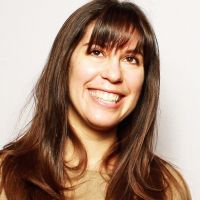
Ashira Morris is a freelance reporter based between Sofia, Bulgaria, and Tallahassee, Florida. Her work, focused on local environments and the forces that shape them, has been published by National Geographic, Foreign Policy, and the Guardian.


